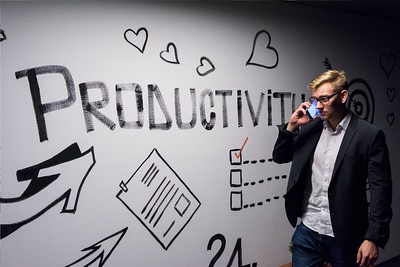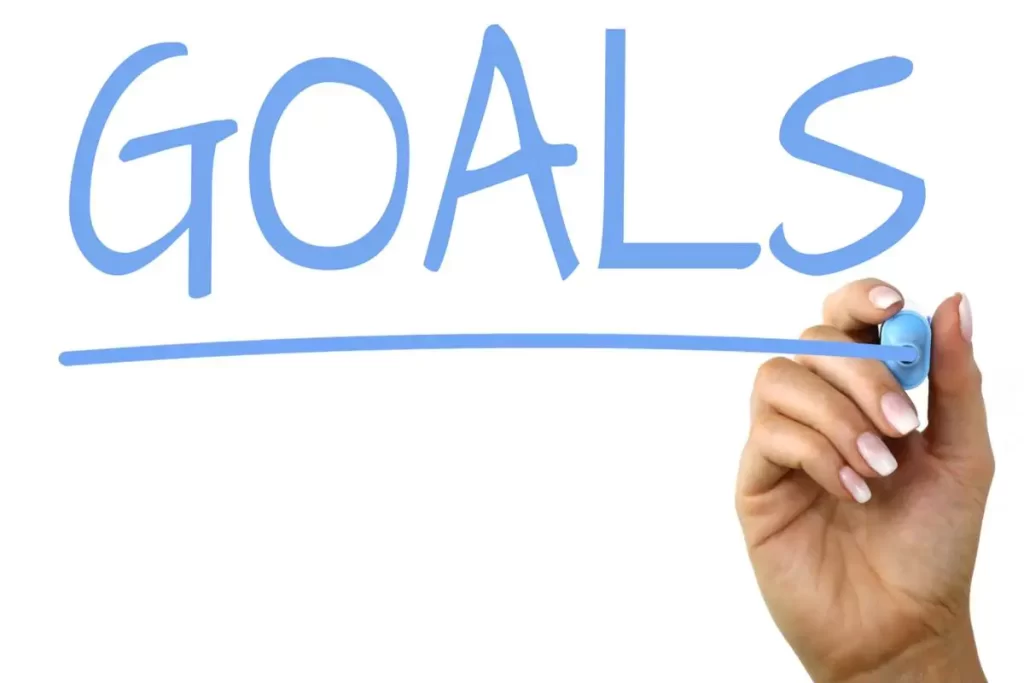 Staying productive in a digital and tech-addicted world is far from easy, and it’s easy to get sidetracked by the allure of shiny new tools like apps, browser plugins, and the like that all promise to give you results.
Staying productive in a digital and tech-addicted world is far from easy, and it’s easy to get sidetracked by the allure of shiny new tools like apps, browser plugins, and the like that all promise to give you results.
But in order to achieve significant and lasting behavioral change, you need to start within.
This article will outline a particular state of mind you can achieve in order to truly revolutionize the way you get things done. I’m talking, of course, about flow.
Definition: What is a Flow State, Anyway?
Flow has its origins in the research of psychologist Mihaly Csikszentmihalyi, who defines the concept as “a state in which people are so involved in an activity that nothing else seems to matter.”
He goes on to say that when in a flow state, “the experience is so enjoyable that people will continue to do it even at great cost, for the sheer sake of doing it.”
The characteristics of flow states include “complete concentration on the task, transformation of time, effortlessness and ease, (merging of) actions and awareness, a feeling of control, (and a loss of) self-conscious rumination.”
Benefits of Entering Flow
As follows from the feelings of enjoyment we just described, flow is associated with increased well-being and greater levels of happiness.
Csikszentmihalyi, in fact, was initially interested in studying the causes of happiness when he set off on the research that led to the concepts surrounding flow.
But while increasing your own happiness is obviously a great outcome, it’s likely you’re also interested in flow for its benefits to your own output for work or other important projects.
And this is one of the most significant benefits of entering a flow state.
How Does Flow Relate to Technology Productivity?
When you’re “in the zone” in flow, nothing else matters to you. Mental chatter disappears, other urges and desires melt away, and it’s just you and the task at hand.
So naturally, the intense focus of a flow state allows you to get a whole lot done. The classic example of flow involves getting so involved in a task that you lose track of time and don’t realize that an hour or two has passed by.
The consequences of continuous partial attention and succumbing to distractions are immense. It has been found that once distracted (by an email notification or buzzing phone) it takes us 25 whole minutes to fully return to what you were doing.
Working in a flow state allows you to reject those outside overtures on your attention. And depending on the activities you plan to perform, flow can both help you master new skills, solve difficult problems, and produce at elite levels.
The results can be staggering, as a 10-year study by McKinsey found a 500% increase in productivity from flow states. That’s getting a whole week’s work done in a single day.
Flow State vs. Deep Work: Is There a Difference?
At this point you may wonder how flow relates to other terms you may have come across. In particular, there’s the concept of “deep work” explored by professor Cal Newport, According to Newport, deep work consists of “professional activities performed in a state of distraction-free concentration that push your cognitive capabilities to their limits.”
A common thread among both flow states and deep work is the intense singular focus on a singular task, rather than shuffling from task and losing focus. So what’s the difference between the two?
We can think of deep work as a particular application of the concept of flow. Getting yourself to do deep can lead you into a state of flow. But flow means more than just producing output for a job.
Deep work tends to be associated with “high value” tasks you do in an official work capacity, while flow can also be found in much more everyday habits or even seemingly mundane behaviors. In this way flow has qualities closer to mindfulness than churning out work reports.
But despite this important point, the action steps needed to get in a supremely productive state are similar, which we’ll cover next.
How to Achieve Flow Step by Step
A recent study has shown that when working on a computer, people only stay on a single screen for 40 seconds. In order to do deep work and get into a flow state, it’s clear we need to go far beyond that. So how do you start?
Flow begins long before you sit down to do a task.
First, it’s crucial that you set the right type of goals and make sure they are aligned to your deeper aspirations.
Having clear goals is necessary to lower your cognitive load, and you also want to make sure the activities you are pursuing are the right ones. Flow is only activated when you pursue something that triggers some level of engagement or gives you a challenge. Low-value tasks like emails will rarely do this, but this is what tends to eat up hours upon hours of our day.
To enter a flow state you need to establish the right environment where you can avoid distractions like your phone or pop up notifications on your screen.
This may mean silencing your phone, moving it to another room, or disconnecting your laptop from your wifi. It’s up to you to figure out what works best in your situation and what you can get away with.
Once this is done, set a timer for a block of “uninterrupted focus time” to work on that task that is aligned with your larger goals. Many people find it most effective to do this first thing in the morning.
You can start with a small time frame like 20 minutes, but ultimately try to work up to 90 to 120 minute chunks, which has been found to be a sweet spot for flow. When you’re in your focus time, don’t switch tabs, don’t grab your phone, and try to keep your mind focused on the task. When the time is up, reward yourself with a short break.
Other practices associated with mindfulness can help keep those distracting forces at bay and find flow, including taking some time for deep breathing and a simple gratitude practice where you notice and reflect on things you are thankful for during the day.
Biological basics like making sure you get enough sleep at night and aren’t trying to work when you are hungry are also important to your ability to enter a flow state.
It can also help to celebrate your victories, like pumping your fist or giving yourself a small cheer after making progress on your goal. Literally checking things off of a list an also be a powerful motivator and can help you start to wire in this new behavior.
If you’ve tried this or similar methods for achieving flow, how did it work for you?




Leave a Reply